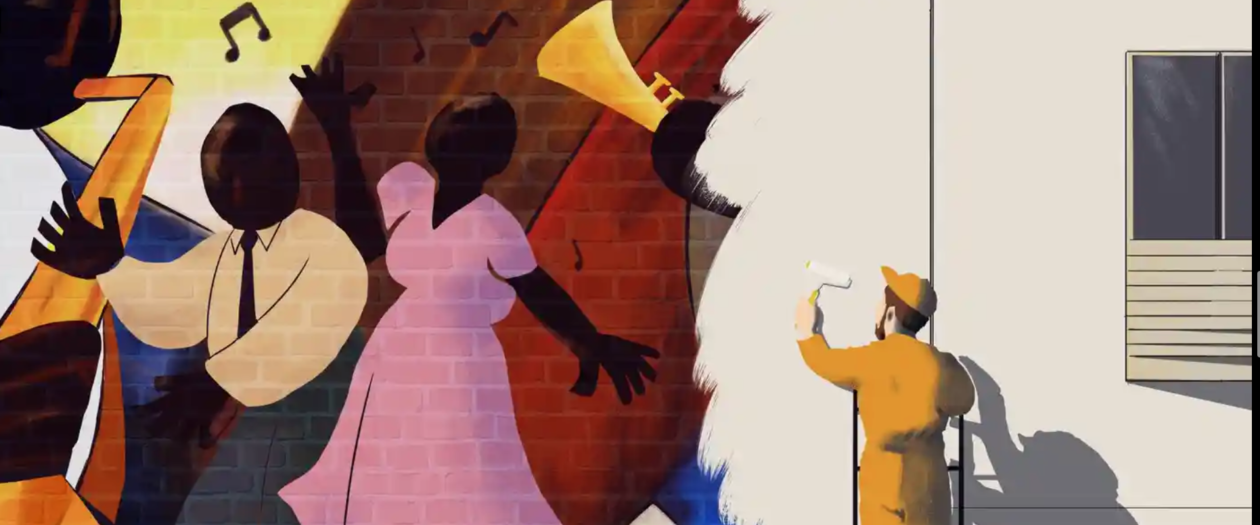Before Harlem began gentrifying, it was home to the majority of the black population. Harlem was a place for lower income residents to live in unpleasant conditions. In the 1920s Harlem was highly considered as black mecca due it being an area where mostly African Americans lived yet as time continued to pass by that changed and Harlem slowly started to lose its black population. Since they were not able to afford living in any other part of Manhattan, they were all placed together into this low-income area. The gentrification of Harlem means the pushing out of residents, blacks, and other minorities, who are not able to afford the latest changes taking place in the community physically. The gentrification of Harlem was set in motion when Bill Clinton arrived in Harlem in July 2001 and opened his office at 55 West 125th Street. Although he had a sweet welcome, many Harlem residents feared for their future. The entrance of Bill Clinton led people to believe that Harlem was facing a second renaissance (Gill, 2008). This disturbed many residents who thought that Harlem was going to be gone forever, their worries soon proved to be true. Along with Clinton’s arrival, it started the biggest gentrification that Harlem has ever faced, it welcomed many new wealthier buyers into the town.
As a result of Harlem’s reestablishment, residents were displaced and the change of social status in Harlem led to an increase in rents and prices as well as the demographic of Harlem shifting drastically. The change of demographic leads to neighborhoods having an influx of white population pushing out the black low-income population. The prices of food and rent are increasing leaving many of the low-income residents homeless and resourceless. Harlem became a big investment space for developers.


